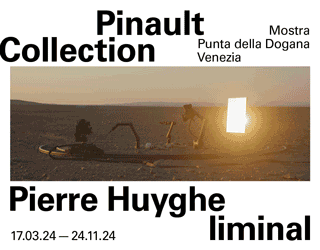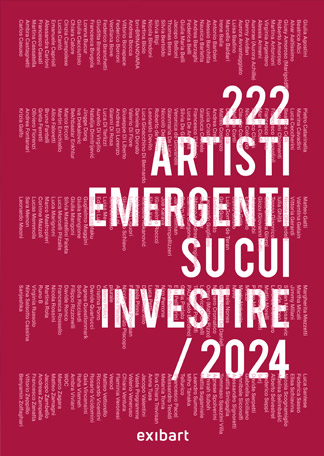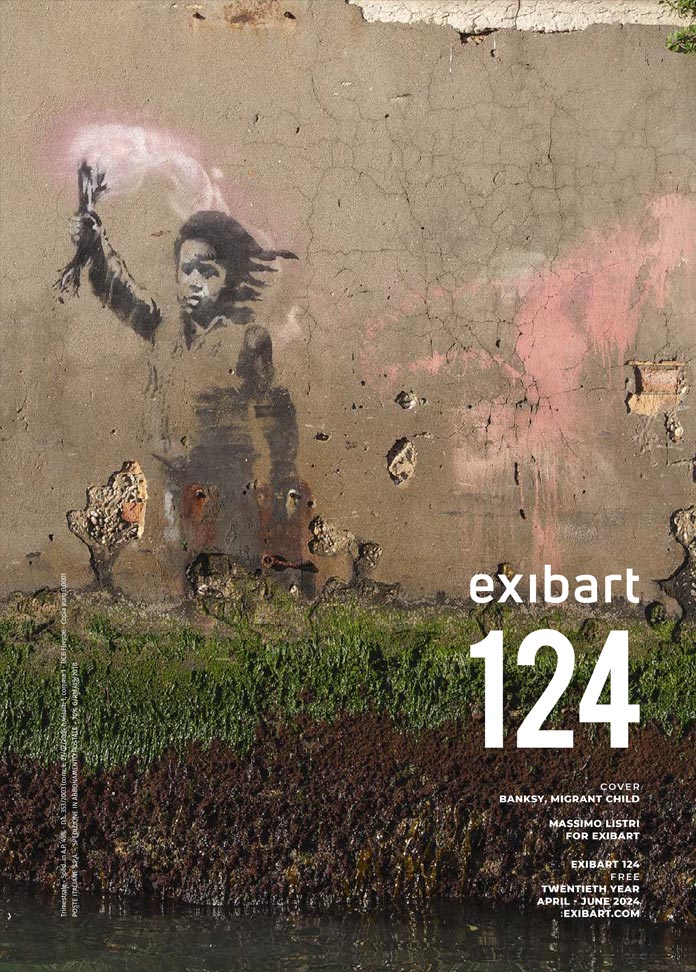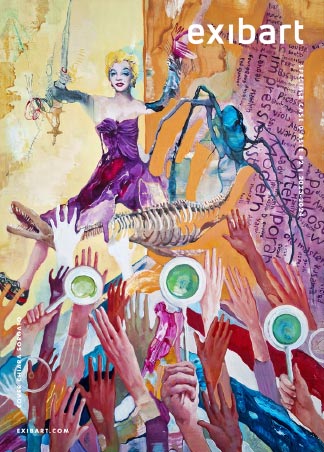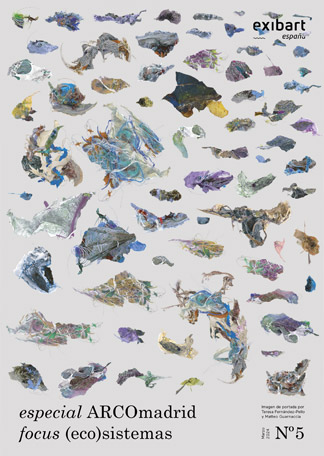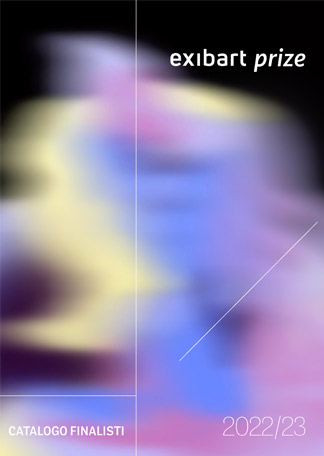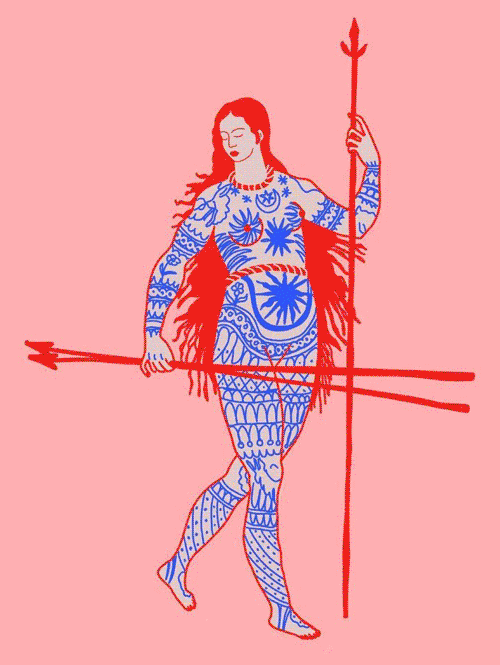-
- container colonna1
- Categorie
- #iorestoacasa
- Agenda
- Archeologia
- Architettura
- Arte antica
- Arte contemporanea
- Arte moderna
- Arti performative
- Attualità
- Bandi e concorsi
- Beni culturali
- Cinema
- Contest
- Danza
- Design
- Diritto
- Eventi
- Fiere e manifestazioni
- Film e serie tv
- Formazione
- Fotografia
- Libri ed editoria
- Mercato
- MIC Ministero della Cultura
- Moda
- Musei
- Musica
- Opening
- Personaggi
- Politica e opinioni
- Street Art
- Teatro
- Viaggi
- Categorie
- container colonna2
- container colonna1
The Corrente group and the Roman school
The Italian Twentieth Century Art Museum
At the beginning of the 30’s, the artistic scene offered new figurative experiences. Paris proposed the surrealism, the beautiful themes of the Art Déco and the painting of the École De Paris (School of Paris). This movement, which included the works of Roualt, Pascin, Chagall, Soutine, Utrillo and Modigliani, elaborated a research based on the colour and on the expression with the aim of the introspection and the lyricism.
di redazione
 At the same time, in Germany, for the artists of the «Nuova Oggettività (New Objectivity)», the expressionism was instead signed with a strong polemic against the Nazi-Fascist regime.
At the same time, in Germany, for the artists of the «Nuova Oggettività (New Objectivity)», the expressionism was instead signed with a strong polemic against the Nazi-Fascist regime.
In Italy there were masters who worked in the area of the expressionism and in opposition to the official culture, finding the support of intellectuals and refined collectors.
Since 1926, in Turin, the town that more of the others lived the cultural activity against the Fascism, the group of the six was present. Among the protagonists the painters Francesco Menzio, Enrico Paolucci, Carlo Levi and, more isolated, Piero Martina. Theirs works (rooms XIII and XV) show an intimist representation, neo-impressionist and contrary to every monumentalism; a choice strongly hostile to the regime.
The experience grew stronger in the following years with the new group of Corrente, reunited in Milan around the magazine of youth life «Corrente» launched by Ernesto Treccani in 1938 and closed by the Fascist regime in 1940. Their artistic movement found with great difficulty the support of the Gallerie «La Bottega di Corrente» and «Il Milione di Milano» and among the estimators they boasted Alberto Della Ragione, who bought the «Bottega di Corrente», changing the name in «La Spiga»; he also continued the promotion of the group and the collection the work. The painters Treccani, Renato Birolli, Renato Guttuso, Bruno Cassinari, Ennio Morlotti, Giuseppe Migneco, Aligi Sassu, Giuseppe Santomaso, Fiorenzo Tomea, Italo Valenti and Emilio Vedova, and the sculptors Giacomo Manzù, Luigi Broggini and the more isolated, Lucio Fontana, refused the archaism and the classicism of Novecento, as the exclusive intellectualism of the avant-garde. Their research was concentrated on the ethically engaged subjects which they gathered from a realism deformed by the language of the expressionism, and this allowed them to declare all their disagreements. The works of Van Gogh, Ensor, Munch, Kokoschka, Kierchner, Guernica di Picasso (1937), became new models, considered symbols of the tragic nature of the contemporary event. The Alberto Della Ragione collection shows the hard efforts of this group. The attention rest on the picture of Birolli (room XVII ), from «Miracolo di San Zeno» (1932) to «Saltimbanchi» (1938), the paintings of the 50’s, when the artist deepened the experience of the Abstraction Création group, reaching abstract representations. There are also the canvas of Guttuso, as «Donne discinte» (1941), «Massacro» (1943), the still lifes and the Sicilian landscapes ( room XVI ). In the Della Ragione Museum there are also exhibited Cassinari’s «Bue squartato» (1941, room XIV ), Sassu’s «Donne al caffè» ( 1942, room XIII ), Valenti’s «I pazzi dell’isola» (1941, room XIII) and the revisited Tintoretto by Vedova ( 1942, room XVII ), the still lifes with figures of Santomaso (room XIII ), the «Nudo» and the «Fiori» by Morlotti (room XVI), and the dead nature of Guido Chiti ( room XIII ). Really interesting are the statues of Broggini (room XV ), Manzù (room XVI ) and Lucio Fontana (room XIII ). These statues remind to the suggestions of Rodin and Medardo Rosso: the matter is corroded and broken, exposed to the variability of the light, in order to avoid the fixity of the form of Martini and Marini. In the 30’s, this experience is accompanied to the one of the group born some years before in Rome. Roberto Longhi, in 1929, called this group «Scuola Romana di Via Cavour» (Roman School of Cavour Street). In this street, in fact, there was the studio of the painters Mario Mafai, Scipione, Mafai and Antonietta Raphael. The group, helped by the experience of Antonietta Raphael (an ebrew of Lithuanian origin) that she matured in Paris, when she was in contact with the School of Paris. In this way a new introspective art was born, established on the colour, and free from rigid rules.
The Alberto Della Ragione collection shows the hard efforts of this group. The attention rest on the picture of Birolli (room XVII ), from «Miracolo di San Zeno» (1932) to «Saltimbanchi» (1938), the paintings of the 50’s, when the artist deepened the experience of the Abstraction Création group, reaching abstract representations. There are also the canvas of Guttuso, as «Donne discinte» (1941), «Massacro» (1943), the still lifes and the Sicilian landscapes ( room XVI ). In the Della Ragione Museum there are also exhibited Cassinari’s «Bue squartato» (1941, room XIV ), Sassu’s «Donne al caffè» ( 1942, room XIII ), Valenti’s «I pazzi dell’isola» (1941, room XIII) and the revisited Tintoretto by Vedova ( 1942, room XVII ), the still lifes with figures of Santomaso (room XIII ), the «Nudo» and the «Fiori» by Morlotti (room XVI), and the dead nature of Guido Chiti ( room XIII ). Really interesting are the statues of Broggini (room XV ), Manzù (room XVI ) and Lucio Fontana (room XIII ). These statues remind to the suggestions of Rodin and Medardo Rosso: the matter is corroded and broken, exposed to the variability of the light, in order to avoid the fixity of the form of Martini and Marini. In the 30’s, this experience is accompanied to the one of the group born some years before in Rome. Roberto Longhi, in 1929, called this group «Scuola Romana di Via Cavour» (Roman School of Cavour Street). In this street, in fact, there was the studio of the painters Mario Mafai, Scipione, Mafai and Antonietta Raphael. The group, helped by the experience of Antonietta Raphael (an ebrew of Lithuanian origin) that she matured in Paris, when she was in contact with the School of Paris. In this way a new introspective art was born, established on the colour, and free from rigid rules.  Alberto Della Ragione was the first to recognize the value of that works. The collector kept three painting (room IV) by Scipione, painter who died in the 1933. Among these he «Apocalisse» (1930) emotional and visionary. A large number of pictures by Mafai are kept in the Museum dela Ragione (room IV e V), including the series called «Demolizioni» and «Fiori Secchi». Della Ragione also collected many works by Antoinietta Raphael (room V), among these the portraits of Emilio Jesi (1942) and of Mrs della Ragione (1945).
Alberto Della Ragione was the first to recognize the value of that works. The collector kept three painting (room IV) by Scipione, painter who died in the 1933. Among these he «Apocalisse» (1930) emotional and visionary. A large number of pictures by Mafai are kept in the Museum dela Ragione (room IV e V), including the series called «Demolizioni» and «Fiori Secchi». Della Ragione also collected many works by Antoinietta Raphael (room V), among these the portraits of Emilio Jesi (1942) and of Mrs della Ragione (1945).
The two work, besides, remind of the protection of the two, who gave hospitality to the artist during the second world war , when she left Rome to escape to the racial persecutions.The experience of the group of via Cavour involved other artists: Guttuso, Mirko Basaldella (room IV), Corrado Cagli (room I), Roberto Melli (room V), Gabriele Mucchi (room XIII) and the wife Genni Wiegman (room IV).
Paola Cammeo
[exibart]










.jpg)








